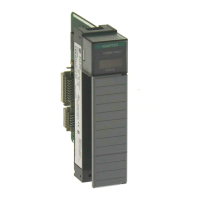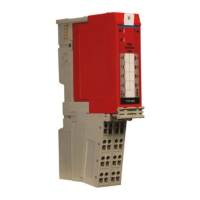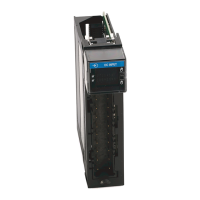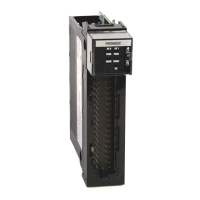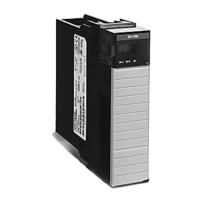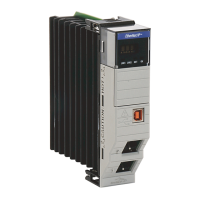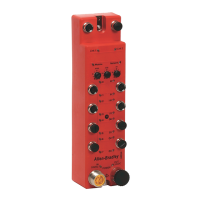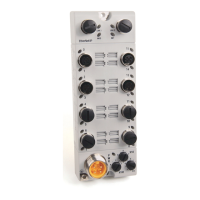Rockwell Automation Publication 1734-UM020B-EN-E - August 2019 29
Chapter
4
Configure the POINT I/O 4 Channel IO-Link
Master as IO-Link Master Using the
Studio 5000 Add-on Profile
About This Chapter
In this chapter, you will learn how to configure the module as an IO-Link Master
using the Studio 5000 Add-on Profile.
This chapter covers the following topics:
• Typical IO-Link user interface roles, and what is accessible from the
Add-on Profile
• Different IO-Link device integration levels
• Configuration of the POINT I/O 4 Channel IO-Link Master module as
IO-Link Master in the Studio 5000 Add-on Profile
• Configuration of IO-Link device parameters from the Add-on Profile and
by message instructions
User Roles
IO-Link user interfaces are typically divided into three separate role types, which
are Observation, Maintenance, and Specialist roles. The device vendor decides
how to organize and allow access for the roles in view in the interface.
• Observation Role - This menu type role is designed for users who
may not
carry out any modification on the device and are often more restricted by
read-only access. This assures that while visibility is allowed, critical
parameters are not changed.
• Maintenance Role - This menu type role is designed for users who
undertake functional editing, but are allowed limited access to more
critical parameter types.
• Specialist Role - This menu type role is designed for users to have total
access to the device and all associated parameter types. For example, all
read-write parameters could be viewed and changed.
The POINT I/O 4 Channel IO-Link Master Module assumes the visibility of
the Specialist Role in the IODD file. Anything that is available in Specialist Role
view is available in the Add-on Profile. The Observation Role and Maintenance
views are not supported in the Add-on Profile.
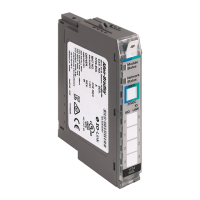
